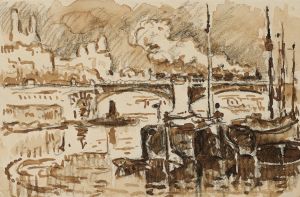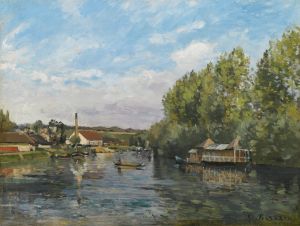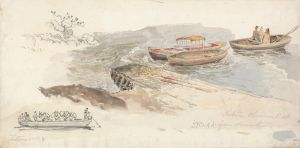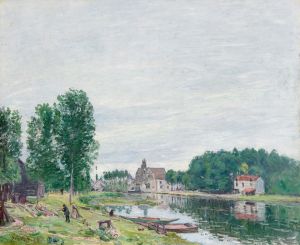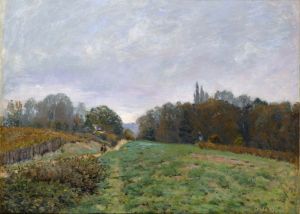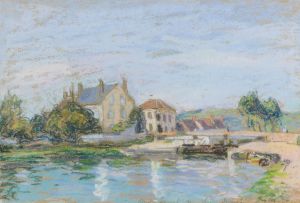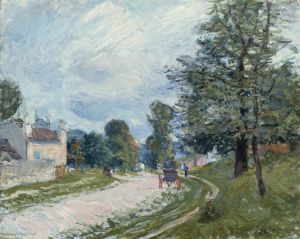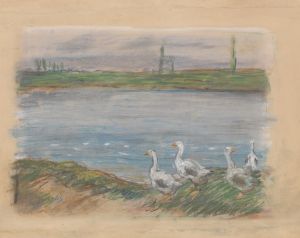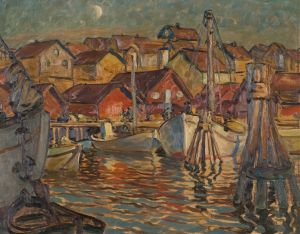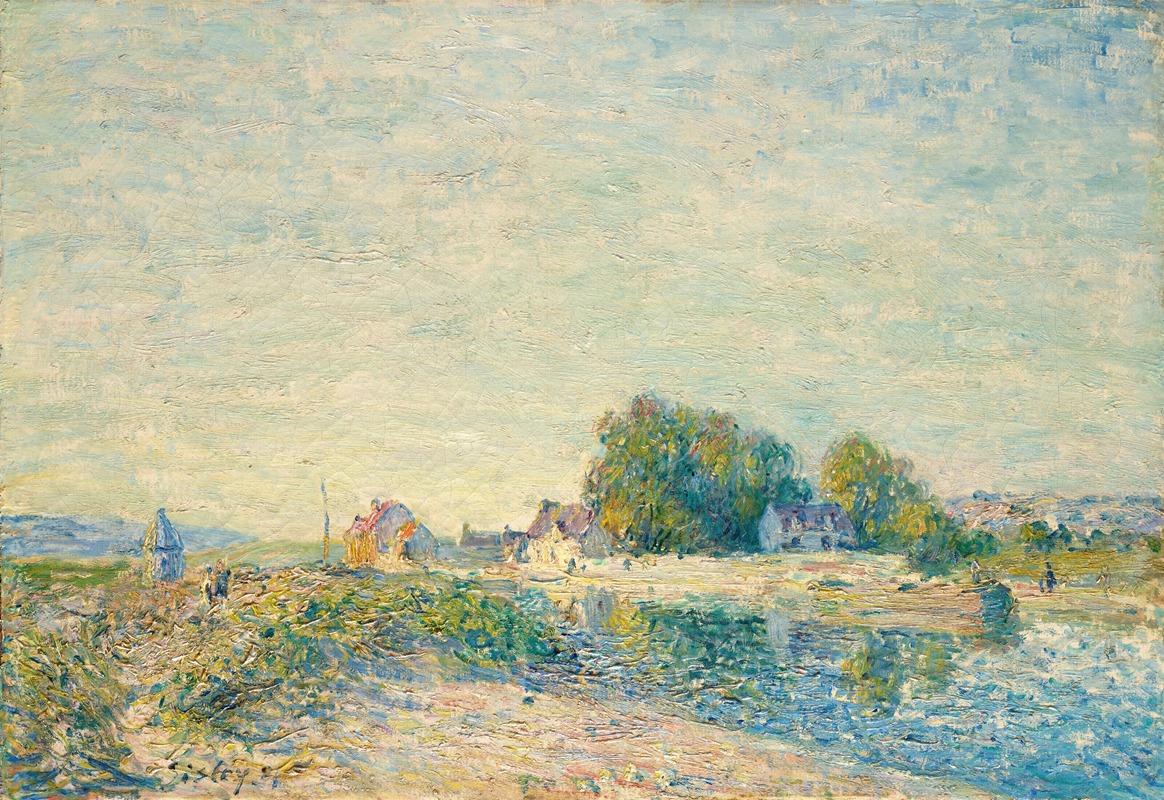
Le Barrage du canal du Loing à Saint-Mammès
A hand-painted replica of Alfred Sisley’s masterpiece Le Barrage du canal du Loing à Saint-Mammès, meticulously crafted by professional artists to capture the true essence of the original. Each piece is created with museum-quality canvas and rare mineral pigments, carefully painted by experienced artists with delicate brushstrokes and rich, layered colors to perfectly recreate the texture of the original artwork. Unlike machine-printed reproductions, this hand-painted version brings the painting to life, infused with the artist’s emotions and skill in every stroke. Whether for personal collection or home decoration, it instantly elevates the artistic atmosphere of any space.
Alfred Sisley, a prominent figure in the Impressionist movement, painted Le Barrage du canal du Loing à Saint-Mammès (The Lock of the Loing Canal at Saint-Mammès) in 1884. This artwork is one of many that Sisley created during his time in the Île-de-France region, where he was inspired by the natural landscapes and waterways. The painting depicts a scene along the Loing Canal near the town of Saint-Mammès, a location that Sisley frequently visited and painted during the later years of his career.
The composition of the painting reflects Sisley's characteristic style, with a focus on light, atmosphere, and the interplay of water and sky. The lock on the canal, a functional structure used to manage water levels for navigation, serves as the central subject of the scene. Surrounding it are elements of the rural environment, including trees, reflections in the water, and a serene sky. Sisley's use of soft, blended brushstrokes and a delicate color palette captures the tranquil and harmonious qualities of the setting.
Sisley was known for his dedication to plein air painting, a technique that involved working outdoors to directly observe and capture the effects of natural light and weather. This approach is evident in Le Barrage du canal du Loing à Saint-Mammès, as the painting conveys a sense of immediacy and authenticity in its depiction of the landscape. The work exemplifies Sisley's ability to transform an ordinary scene into a poetic and evocative image.
The Loing Canal and the town of Saint-Mammès were recurring motifs in Sisley's oeuvre. Located at the confluence of the Seine and Loing rivers, Saint-Mammès offered a variety of picturesque views that appealed to the artist's interest in water and its reflective qualities. Sisley's paintings of this area often highlight the interaction between human-made structures, such as locks and bridges, and the surrounding natural environment.
Today, Le Barrage du canal du Loing à Saint-Mammès is recognized as an important example of Sisley's work and of the Impressionist movement as a whole. The painting is housed in the Musée d'Orsay in Paris, France, which holds a significant collection of Impressionist and Post-Impressionist art. Through works like this, Sisley contributed to the development of modern landscape painting and left a lasting legacy as one of the foremost interpreters of the French countryside.






